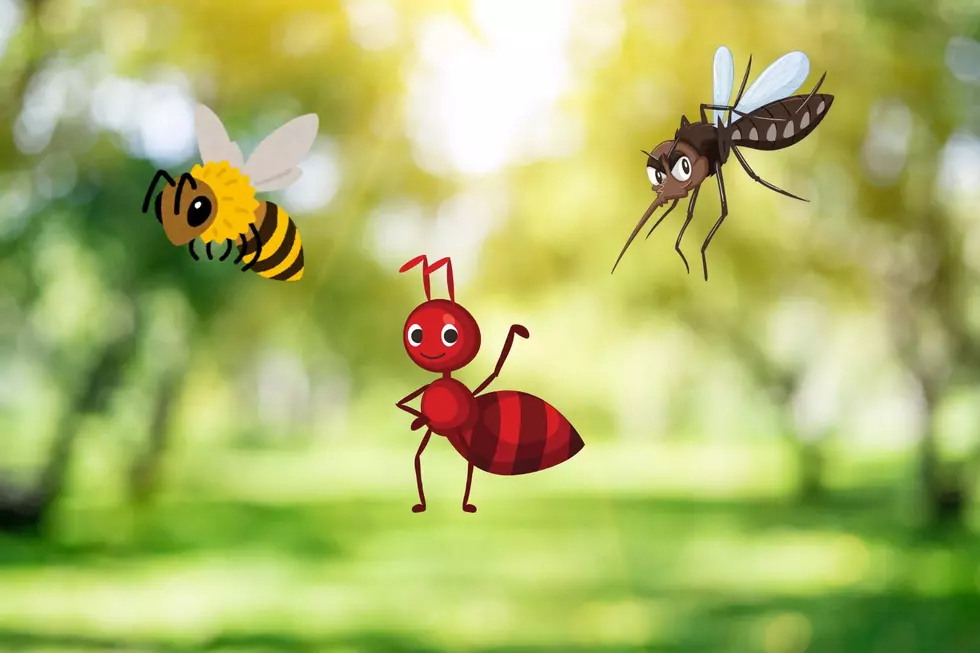
It’s Migration Time Here for Monarch Butterflies and More
If you are in the right place at the right time, you might have the good fortune to observe some of the monarch butterflies, the cow-nosed rays, pictured here, the Green Darner.
With flashy orange and black wings, the monarch butterfly is hard to miss. In late summer, the mighty monarch flits along the Jersey Shore before its epic journey to Mexico. Coastal dunes are probably your best bet for a sighting – dunes offer butterflies shelter and a place to nectar from seaside goldenrod, a common dune plant which, by the way, does not cause allergies. You can help these butterflies (and dunes, too) by keeping off dunes. The plants that grow on dunes are fragile and your footsteps destroy intricate root systems.
This summer, Cownose Rays have been frequent. Much to a swimmer’s delight (or perhaps horror), these creatures migrate northward as ocean waters warm to feed on clams and other burrowing organisms, which they locate by detecting small, electrical impulses from their prey’s heartbeat (yes, clams have a heartbeat). Even though their looks are intimidating and sometimes their “wings” are mistaken for shark fins, they are harmless and quite skittish. You might want to shuffle your feet as you enter the ocean if you think rays are near.
And then there's the Green Darner -- the largest and most widespread of dragonfly species. Fully grown, it can measure 3 inches long with a 4½ inch wingspan. Its head and body are iridescent green and its clear wings are covered with a net-like pattern. Green darners are an important and beneficial member of the Jersey Shore insect population. They are food for fish, turtles, and frogs, plus they make their one-way migration into our area about the same time migrating bird populations do, so they are an important food source for them. They also eat wasps and copious amounts of mosquitoes!
To read more about those sting rays that seem to be taking over the ocean, CLICK HERE!
For more great info from the NJ Sea Grant Consortium, CLICK HERE!
More From 94.3 The Point









